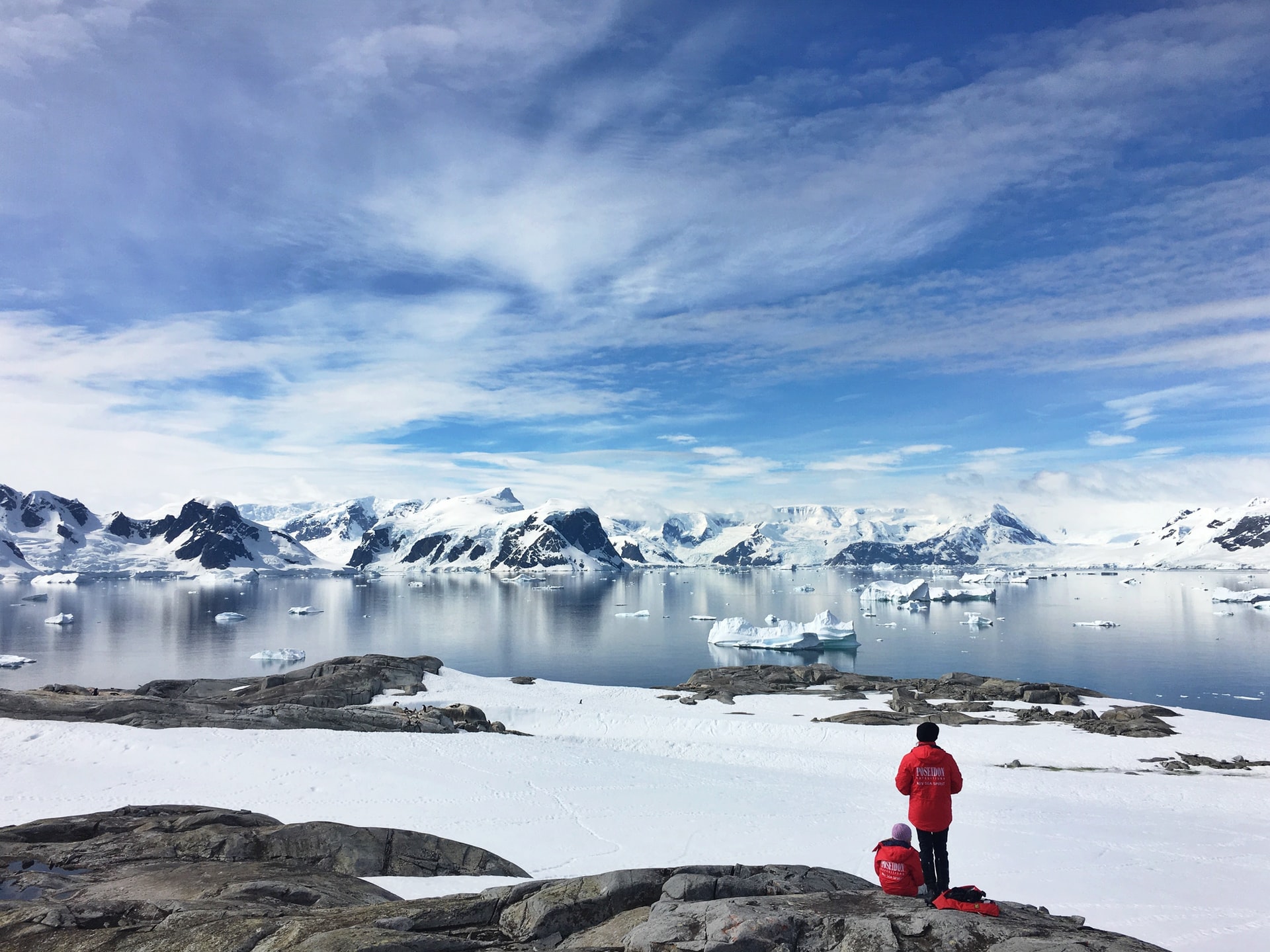Environment & Nature
World could see ice-free Arctic by 2030 warns new study
By Eilís Quinn, Eye on the Arctic, RCI

Scientists generally define an ice-free day in the Arctic, as a day when Arctic sea ice extent measures less than 1 million square kilometers, the point when ice cover is no longer enough to maintain the north’s typical polar conditions. (File Photo: Cassie Matias/Unsplash)
A new study is warning that the world could see an ice-free Arctic as soon as 2026, despite several models still suggesting it could take decades.
While the study’s authors stress they’re not predicting this outcome or saying it’s imminent, they argue it’s important to recognize the possibility of the event and its potential global impacts.
The goal is to raise awareness for the potential of a rapid loss of sea ice in the near-future, and to provide insights into what may lead to such rare but high-impact events,
the researchers said.
Zooming in on daily data paints different picture of sea-ice loss, authors say
To do the study, published in the journal Nature Communications, the researchers looked at several climate models that predict how the Arctic’s ice will change in the future.
They focused on daily data, instead of just monthly averages, to get a clearer idea of when the Arctic might first experience an ice-free day.
“So far, all multi-model predictions have focused on predicting the first ice-free conditions in the monthly mean values,” the researchers said.
But the first time we will observe ice-free conditions in the Arctic Ocean will be in the daily satellite data, not in a monthly mean product. Thus, to set realistic expectations as to when we could first observe ice-free conditions in the Arctic, we here used daily data from [ climate models] to provide the first multi-model predictions of the first ice-free day.
What’s an ice-free Arctic?
Scientists generally define an ice-free day in the Arctic, as a day when Arctic sea ice extent measures less than 1 million square kilometers, the point when ice cover is no longer enough to maintain the north’s typical polar conditions. It doesn’t mean there’s no ice in the Arctic at all.
After crunching the numbers, the researchers found a range of possibilities.
Some models suggest it could happen as soon as 2026, while others don’t predict it until much later, maybe even by the end of the century.
On average, the models show the first ice-free day sometime within the next 24 to 30 years, depending on how much the world warms and how emissions play out, the paper said.
To better understand the range of timelines, the study looked at different emission scenarios. In low-emission scenarios where global warming stays below the 1.5°C target of the Paris Agreement,, the Arctic could avoid an ice-free day for much longer.
But in high-emissions scenarios, where global warming is more severe, an ice-free day is much more likely to happen within the next decade.
Rapid ice loss event key to earlier scenarios
Looking at the data regarding an ice-free Arctic scenarios before 2030, the researchers noticed a recurring pattern: the occurrence of unusually warm winters and springs coupled with intense storms that accelerate sea ice melt by pushing ice out to sea.
We frequently found storms going across the Arctic in the days leading up to the first ice-free day.,
the paper said.
“All these events are projected to increase in frequency as the Arctic warms, making the first ice-free day increasingly more likely.”
The researchers say that while their findings show a worrying picture of what is possible in the future, they hope the findings also show that they can be avoided with decisive action.
The good news is, for all storyline cases, the first ice-free day occurs in years with a five-year running mean global temperature at or above 1.5 °C compared to pre-industrial levels,
the study said.
This means that if we could keep warming below the Paris Agreement target of 1.5 °C of global warming, ice-free days could potentially still be avoided.
This article is republished from RCI.





















